Ixia Fabric Controller (IFC) Cluster
Manage and configure a cluster of NPBs through a single pane of glass
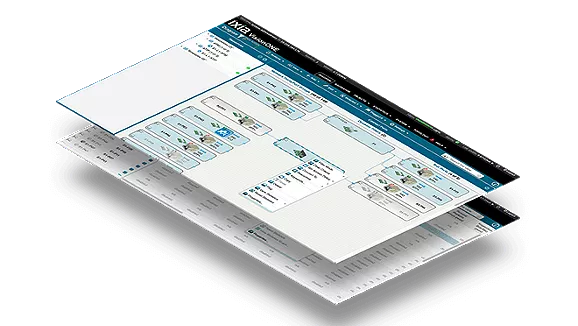
Intro to IFC
As traffic volume skyrockets and security threats escalate, today's networks are expanding to employ more sophisticated and pervasive monitoring techniques. As networks expand and new devices are added, IT administrators need a holistic view of the network to consolidate management, ease orchestration efforts, and eliminate blind spots.
When efficiency and ease-of-use matter, companies trust Ixia's Fabric Controller technology — a SDx (software defined everything) controller for device management — to provide a centralized visibility and security fabric. Offering single-pane-of-glass management, IFC Cluster helps you efficiently manage and configure network packet brokers (NPBs) in a distributed environment, all via a single user interface.
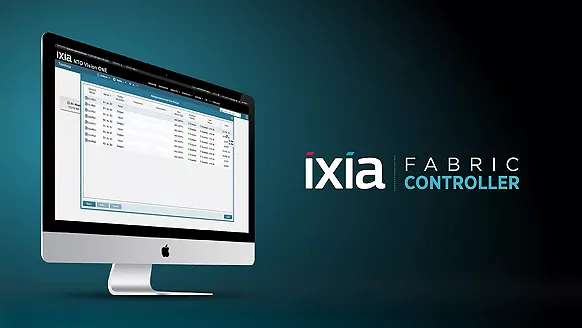
IFC Cluster Features
 Single Interface
Single Interface
Ixia Fabric Controller Cluster (IFC Cluster) allows you to build clusters of NPBs — enabling you to manage them all as a single unit from a single pane of glass. IFC Cluster is compatible with a number of network topologies (including hub-and-spoke, spine-and-leaf, tree, ring, mesh, or any combination of those), enabling tapped traffic to reach tools that are either a single hop or multiple hops away. Boasting the same intuitive management interface as our NPBs, controlling your devices at scale has never been easier.
All ports of Vision NPBs connected through IFC Cluster, are shown on one screen — making it easy to manage connections and filtering rules. Regardless of which NPB in the cluster it comes from, data can be centrally aggregated, filtered, and processed through a single set of security and monitoring policies. Plus, our dynamic filter compiler automatically resolves overlapping filter rules instantaneously to ensure consistency and prevent network blind spots.
By enabling all the NPBs in an IFC cluster to operate together as a smart, resilient security and monitoring fabric, you can consolidate control of operations into a single view — making it easy to manage your visibility tools and troubleshoot issues when they occur.
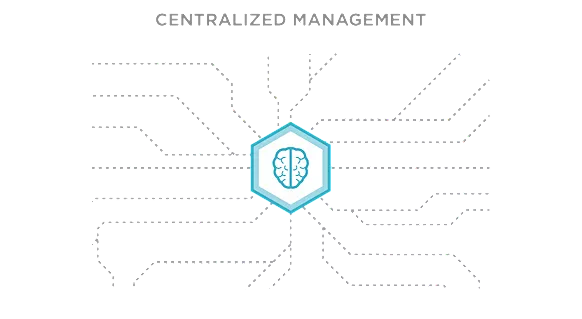 SDN-Like Centralized Control
SDN-Like Centralized Control
A single user interface for configuration and management means centralized control of all your visibility tools, at any scale. Just like an SDN controller does for a software-defined data center (SDDC), IFC Cluster simplifies visibility deployment.
With IFC, extending visibility to new racks and nodes in your data center is simple. New NPBs can be added on the fly to accommodate new taps or SPAN ports, and existing tools can be connected to these new monitoring ports in just a few clicks.
IFC also helps you manage visibility tools across different locations. For example, tools can be centralized in one geographic location behind a more powerful and intelligent NPB, while low-cost, high-density aggregation NPBs can be deployed in remote locations. This cost-effective approach ensures you get the most out of your tools without compromising consistent security and monitoring.
IFC Cluster also offers open APIs for seamless integration with other SDN Controllers (e.g., Cisco APIC) or Orchestration devices — enabling end-to-end automation from production networks to visibility infrastructure and tool farms.
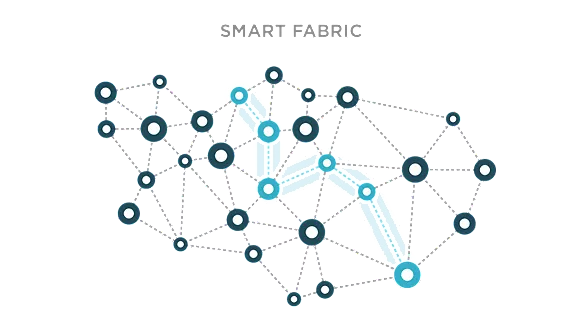 Smart, High-Availability Fabric
Smart, High-Availability Fabric
IFC Cluster creates a smart fabric with user-configurable Controller and Fabric nodes that maximize redundancy for high availability and operational efficiency. The management interface supports auto discovery and configuration synchronization—ensuring that changes are quickly populated to all IFC Controller nodes. And, since interconnects enable you to seamlessly move tapped traffic from one node to another, you can operate an entire cluster of NPBs with the same ease and efficiency of a standalone device.
Our Visibility Intelligence portfolio — NetStack, PacketStack, SecureStack, and AppStack can also be utilized across the entirety of your smart fabric, regardless of which chassis has the physical resource. This makes it easy to operate across multiple sites, providing the centralized control required of modern networks.
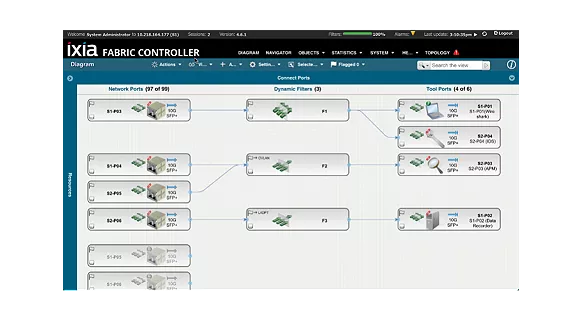 Flexible Topologies
Flexible Topologies
IFC Cluster supports any-to-any topologies — giving you total flexibility in designing your visibility infrastructure.
- Leaf and Spine (or Tree): Here, the branches of the "tree" typically aggregate data up to the core, or "trunk". This topology is ideal if you have one powerful NPB (like Vision One) at the center with your security tools, along with a fleet of cost-effective aggregation NPBs (like Vision E40 or Vision E100) deployed at the edge.
- Mesh: In this format, NPBs are connected to other, separate NPBs. This provides flexibility in data forwarding, as well as redundancy for resilience.
- Linear: Data is routed through multiple locations to a final location. This is applicable when varying tools sit at multiple locations.
- Hub and Spoke: One of the simplest of models, it allows for a central tool "farm" to be used by users at various remote locations.
- Single Hop: Tapped traffic needs to traverse a single interconnect to reach a tool.
- Multi-Hop: Tapped traffic must traverse 2 or more interconnects to reach a tool. Unique requirements include:
- Best routes are calculated using Shortest Path First (SPF) algorithm
- Interconnects can be either direct connections or over GRE tunnel
- Load balancing must happen on Equal Cost Multiple Paths (ECMP)
- Tapped traffic must be delivered to tools in orderly fashion with session integrity
- Failover protection with resiliency
- On-demand route re-optimization
A Security and Monitoring Fabric
Like an SDN controller does for a network, IFC Cluster provides centralized management of your Vision network packet brokers (NPBs). With IFC Cluster, multiple Vision NPBs can be connected to create a security and monitoring fabric that operates as a single, cohesive layer that sits between the network and security and monitoring tools. This centralized, single fabric offers resilience, flexibility, and scalability for your network.
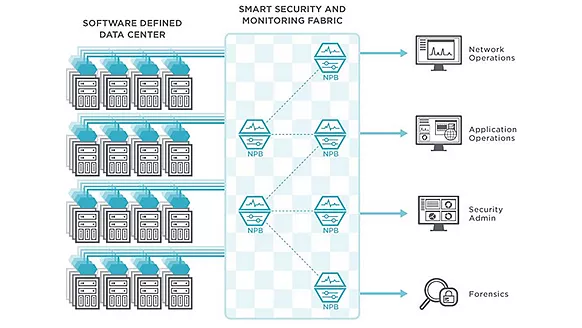
Cluster Is Easy to Use
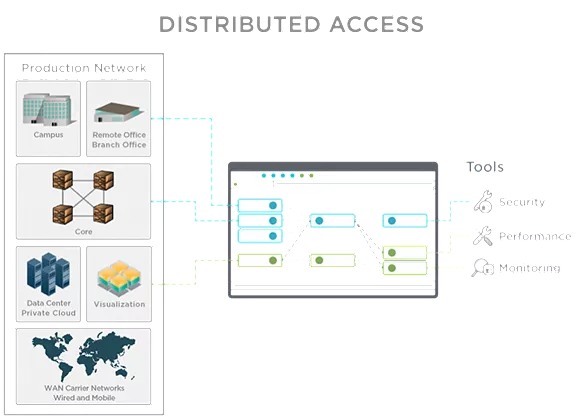 IFC Cluster is not only easy-to-use, it is easy to deploy and setup.
IFC Cluster is not only easy-to-use, it is easy to deploy and setup.
IFC Cluster allows for distributed access. You can tap from anywhere in a network, and connect it to a Vision network packet broker (NPB) which has IFC Cluster enabled. That data stream can then be managed through the single interface.
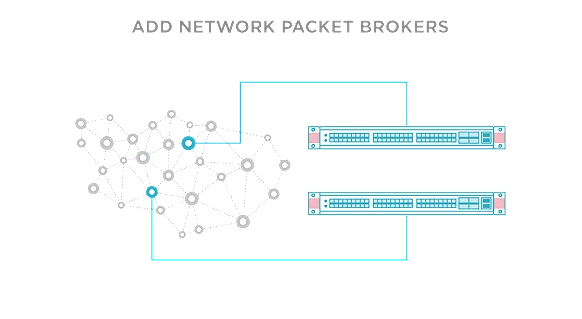 To create a fabric, enable IFC Cluster licenses on Vision network packet brokers. Connect the ports that are to be used in the security and monitoring fabric. Then, in the IFC Cluster console, select "Topology view login" and add the IP address of any additional network packet brokers.
To create a fabric, enable IFC Cluster licenses on Vision network packet brokers. Connect the ports that are to be used in the security and monitoring fabric. Then, in the IFC Cluster console, select "Topology view login" and add the IP address of any additional network packet brokers.
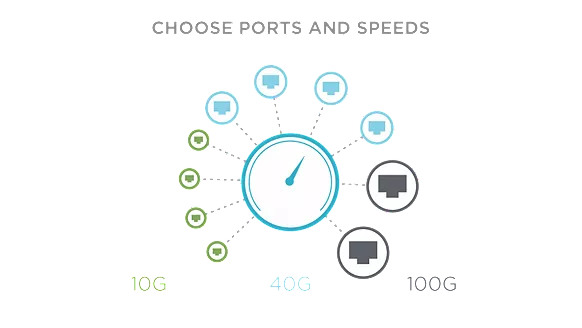 Select the ports to be used (the ones that were connected), as well as the speeds for the ports. Then, IFC will show all the ports in a single interface.
Select the ports to be used (the ones that were connected), as well as the speeds for the ports. Then, IFC will show all the ports in a single interface.
Now, manage all visibility in a single interface.
- You can send data accessed from anywhere to tools in a central location or across locations.
- Apply Keysight's Visibility Intelligence portfolio — NetStack, PacketStack, SecureStack and AppStack — across the fabric, regardless of which chasis has the physical resource.
Visibility management is simplified.
